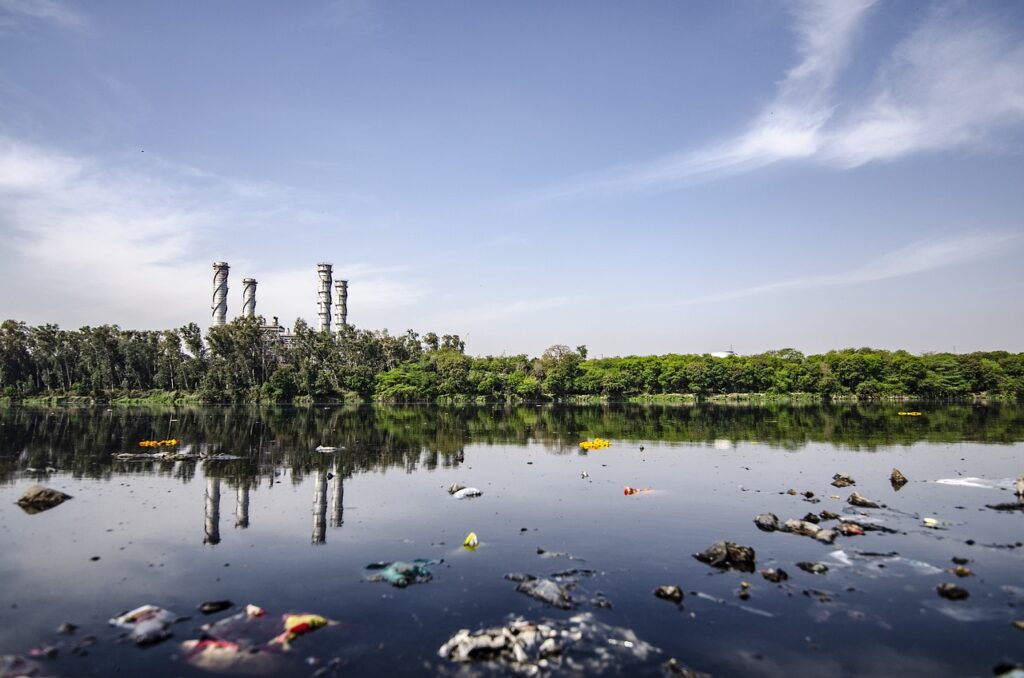About Us
we are dealing with solutions and spreading awareness among people and society regarding pollution
info@avinashtechy.com
+918171615141
Browse
Menu
The purpose of this site is to provide information and alert people to the critical state of environmental pollution in India. This project intends to discuss preventive measures, provide important insights into contemporary problems of the environment, and support national initiatives toward improving environmental quality. Managing pollution is a great challenge for India because she belongs to the most densely populated as well as rapidly evolving nations in the world. It intends to take initiative by building awareness and promoting responsible behavior to bring forth reasonable solutions in which governments, industries, and individuals will candidly join together.
11 cities of india fall into the category of using cent percent of renewable energy
in the several cities of india climate education are being taught in schools


Environmental Pollution in India includes the contamination of basic natural resources; that is, air, water, soil, and the environment. It is one problem with various roots, but its effects are equally harmful. Industrial waste, vehicular emissions, deforestation, and improper disposal of waste are some of the major issues contributing to environmental degradation.Point Sources of Pollution
Air pollution: . India is one of the most polluted cities globally because of vehicular emissions, industrial activities, and the burning of crops.Water Pollution: Sewage, industrial discharge, and the dumping of plastics and other waste are increasingly contributing to the pollution of each and every river and lake in the country.
Soil Pollution: The improper disposal of chemicals and plastics and the use of pesticides all contribute to soil contamination that can in turn adversely affect agricultural production.
Noise Pollution: Elevated degrees of noise pollution are also prominent in urban areas of India, creating extreme effects, affecting mental health, and disturbing wildlife.
For very long, environmental pollution has dealt horrible, deadly implications in India.
Health of the people threatened by pollution, it also causes biodiversity depletion, climate irregularity depending upon the emissions from different sources, and disturbances in ecosystems. Pollutants also contribute to the steep rise in health disorders-such as asthma, respiratory problems, cardiovascular diseases, and cancer-despite a real poor churning of the actual bad numbers. Studies show that, every year, many millions of premature deaths in India are caused solely by air pollution!
Climate Change: The pollution-e.g., in the form of greenhouse gas emissions-is causing global warming. The affects of climate change have already been severely felt in India in the form of extreme weather conditions, flooding, and drought.
Economic Impact: Most promising in this regard are Canada’s claim that pollution has quite severe economic penalties. That a few hundred millions of dollars may not be boiled into the dues for medical treatment to pollution-related diseases, reduced agricultural output, and damage to natural resources would mean quite a lot.
To higher-up, destruction of ecosystems as an offshoot of pollution made impacts on the interdependence of food security, wildlife, and balance in an ecosystem.
The Need for Precautionary Measures
Though Environmental Pollution in India remains a stark threat, several preventive measures can be used by people, businesses, and various governments to avoid further damage. It’s dankly solicitude reconstruction to get the easy ones so that they can establish a better tomorrow.
Minimization of Air Pollution:
Reducing Water Pollution
Reducing Soil Pollution
Reducing Noise Pollution
Raising Awareness: The Power of Education and Information

1-Clean Air Campaign
-Objectives:Cleaner transportation, lower emissions from factories, and greater reliance on green energy will reduce air pollution.
Key Strategies:
–Awareness about health effects from air pollution.
–Advocacy for stricter vehicle emission standards.
– Using and encouraging renewable energy.
2- Plastic Waste-Free India
-Objectives: Reducing plastic waste by promoting alternatives to plastic products and encouraging recycling efforts.
Key Strategies:
–Organizing plastic-free campaigns.
–Spreading awareness on the harmful effects of single-use plastics.
-Implementing policies for the reduction and recycling of plastic.
3. Water Conservation Initiative
-Objectives: Educating the public about water scarcity and promoting measures to conserve water.
Key Strategies:
–Encouraging rainwater harvesting.
–Promoting efficient irrigation practices in agriculture.
–Running awareness campaigns about reducing water wastage.
4. Green India Campaign
-Objectives: To tackle deforestation and promote afforestation.
Key Strategies:
–Promoting tree plantation drives across the country.
–Educating the public on the benefits of trees in reducing pollution.
–Collaborating with schools, colleges, and local communities to plant trees.
How You Can Contribute
The fight against Environmental Pollution in India cannot be won without the collective efforts of all sectors of society. As individuals, here’s how you can contribute to this important cause:
Reduce, Reuse, and Recycle: Opt for products with minimal packaging, and reuse items whenever possible.
Be Conscious of Energy Consumption: Turn off lights and appliances when not in use, and use energy-efficient products.
Support Eco-friendly Initiatives: Get involved in local environmental organizations, support eco-friendly businesses, and volunteer for environmental causes.
Spread the Word: Share information about pollution, its effects, and the importance of sustainable living with your friends and family.
Conclusion
Environmental pollution in India is one of the major problems confronting India today. Immediate action on the part of each and every section of society is needed so that no further damage to the environment is done. If each one of us spreads awareness and applies some precautionary measures, this country will benefit from it for future generations. This is an invitation to stand alongside us in the effect of making this country a clean, beautiful, and healthy land. Together, we can make a positive impact and pave the way for a sustainable future. Working together, we can reach our goal of an environmentally friendly India!Thanks for browsing through our website. We are glad to have you walk this path with us. Know more, act more, and make this world a cleaner place.
1-what is the growth rate of pollution in india ?
Pollution in India has grown significantly, with particulate pollution increasing by 67.7% between 1998 and 2021. In 2024, carbon dioxide emissions rose by 4.6%, largely due to coal reliance. Major cities like New Delhi have air pollution levels up to 10 times higher than WHO guidelines.
2-How many death are happening in india by pollution,on daily basis ?
In India, air pollution causes approximately 1.67 million deaths annually, which translates to about 4,500 deaths per day. The majority of these deaths are linked to diseases like heart conditions, strokes, and respiratory issues, all exacerbated by high levels of air pollution in urban areas.
3- How every person can reduce all type of pollution ?
Individuals can reduce pollution by using public transport, cycling, or walking instead of driving, reducing energy consumption, and adopting eco-friendly practices like recycling and reducing waste. Supporting renewable energy, planting trees, and using sustainable products also help. Small lifestyle changes collectively contribute to lowering pollution levels.
4 -According to WHO in which year pollution can be beaten ?
According to the World Health Organization (WHO), pollution could be significantly reduced by 2030 if countries implement strict air quality standards and policies. This includes transitioning to cleaner energy sources, improving public transportation, and enforcing regulations on industrial emissions to reduce air pollution and its health impacts globally.
we are dealing with solutions and spreading awareness among people and society regarding pollution
info@avinashtechy.com
+918171615141